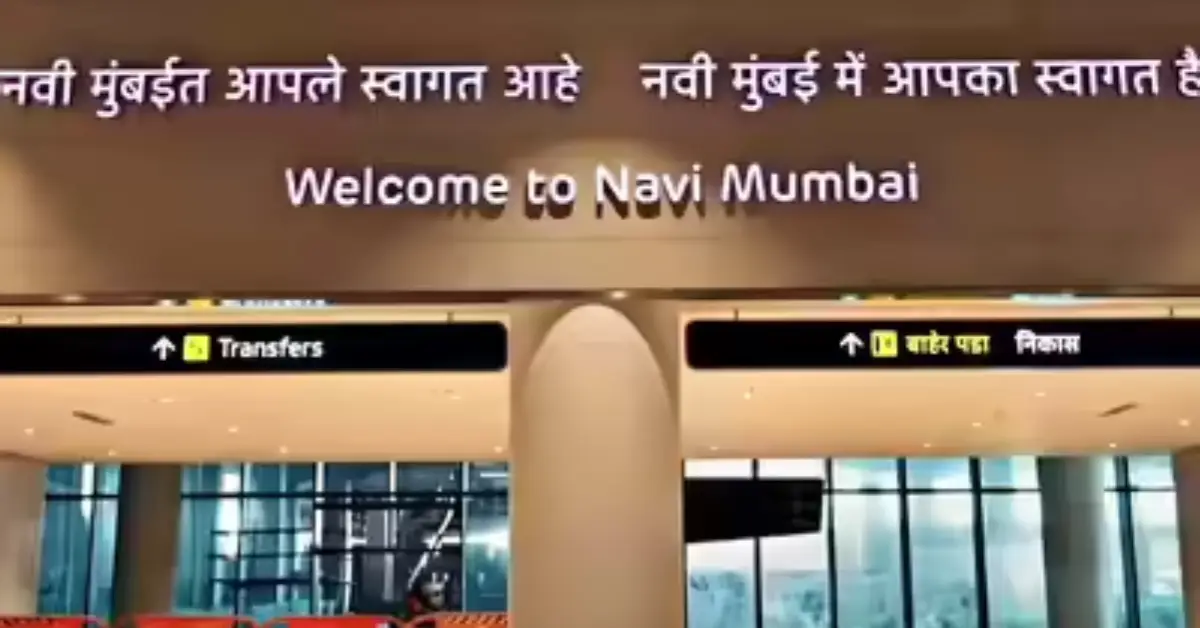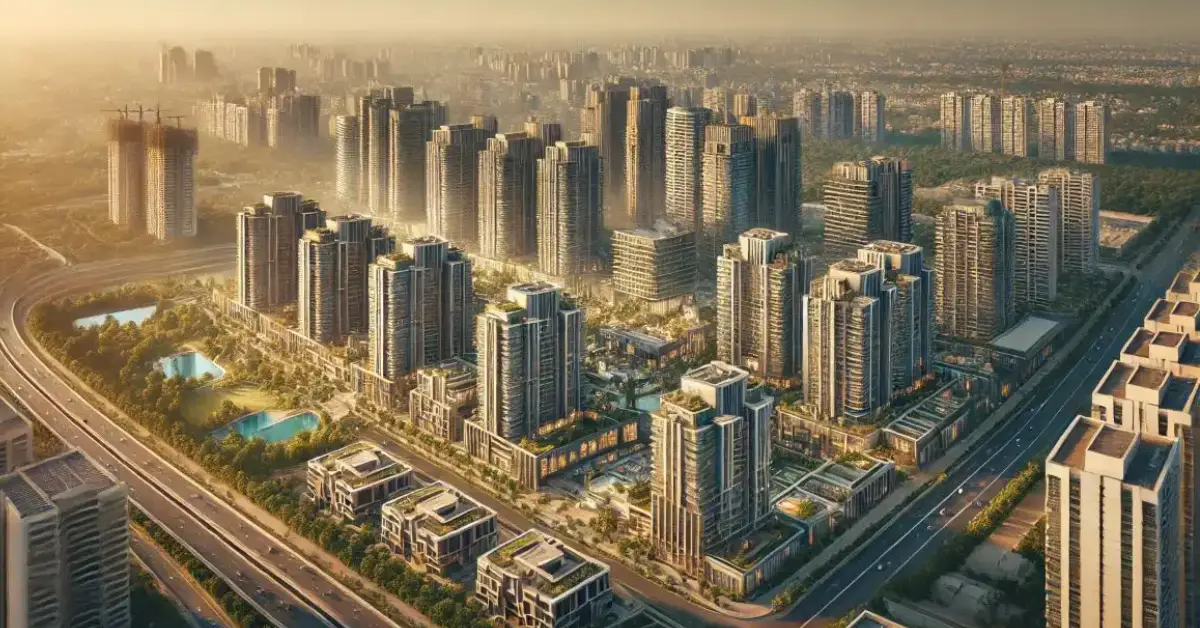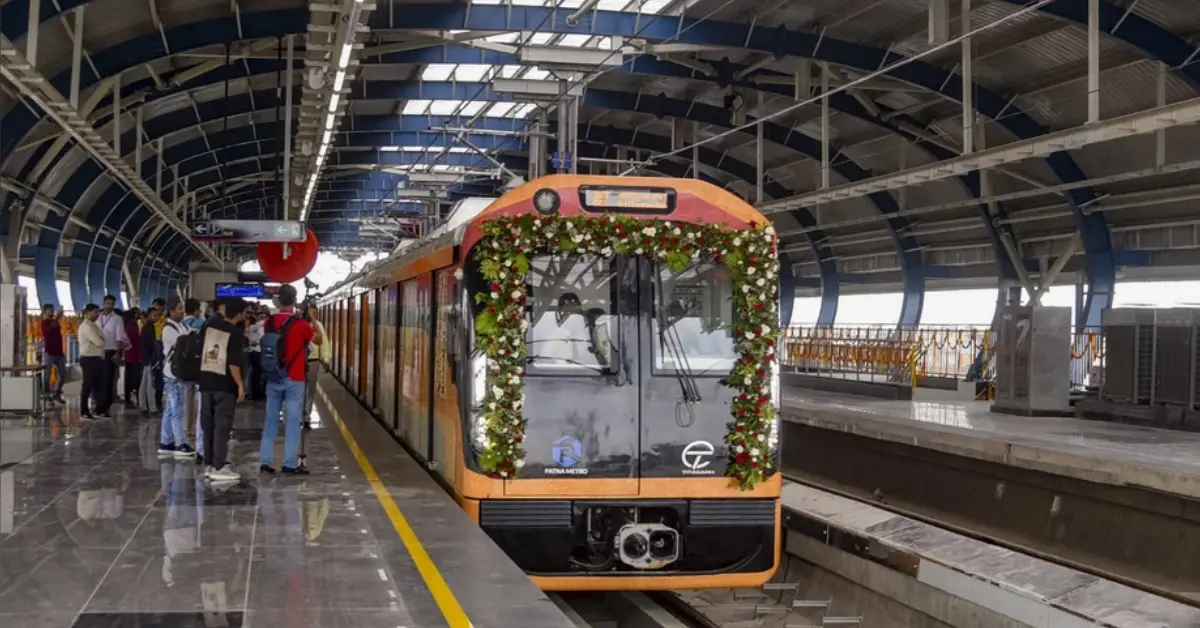Navi Mumbai International Airport was on Wednesday inaugurated by Prime Minister Narendra Modi. The new greenfield airport has been built under the Public Private Partnership (PPP) model by the Adani Group.
PM Modi inspected the newly-constructed Navi Mumbai International Airport as part of its inauguration. The airport will be thrown open to commercial flights – both domestic and international – in December this year.
Navi Mumbai International Airport: Top Things To Know
The first phase of the Navi Mumbai International Airport (NMIA) has been constructed with an investment of Rs 19,650 crore.
This greenfield airport project, India’s largest, will operate alongside Chhatrapati Shivaji Maharaj International Airport (CSMIA). NMIA will reduce congestion and position Mumbai amongst global cities with multiple airports.
The Navi Mumbai international airport covers an area of 1,160 hectares. Upon completion, this aviation facility will handle 90 million passengers per year and process 3.25 million metric tonnes of cargo, establishing itself as one of the world’s significant airports.
The initial phase of Navi Mumbai International Airport operations features a single runway alongside one terminal structure, designed to serve 20 million passengers yearly.
The airport infrastructure will initially manage 20-22 flights per hour, with provisions to expand this capacity the following year. The first terminal is expected to reach its maximum operational capacity within 12-15 months of opening.
The International Air Transport Association (IATA) stated on Tuesday that the new international airport in Navi Mumbai would alleviate the region’s capacity limitations, enhance connectivity and deliver substantial economic and social advantages to India’s economy.
The facility will feature several advanced components, including an Automated People Mover (APM) system connecting all four passenger terminals, a landside APM linking city infrastructure, and dedicated storage facilities for Sustainable Aviation Fuel (SAF).
The aviation regulator DGCA granted the aerodrome licence to the airport on September 30.
The terminal will feature extensive facilities including 66 check-in points, 22 self-service baggage drop stations, 29 passenger boarding bridges, and 10 gates for bus boarding.
The facility will also house purpose-built sections for express deliveries, high-value items, hazardous materials, and animal transportation.
NMIA’s operations will be technologically advanced, incorporating 5G networks, IoT sensors for monitoring, automated luggage systems, and contactless processing through Digi Yatra for enhanced passenger convenience.
The cargo facility will operate with complete automation, featuring digital consignment tracking, digital transactions, and dedicated climate-controlled sections for medicines and perishable items.
Source: The Times of India







